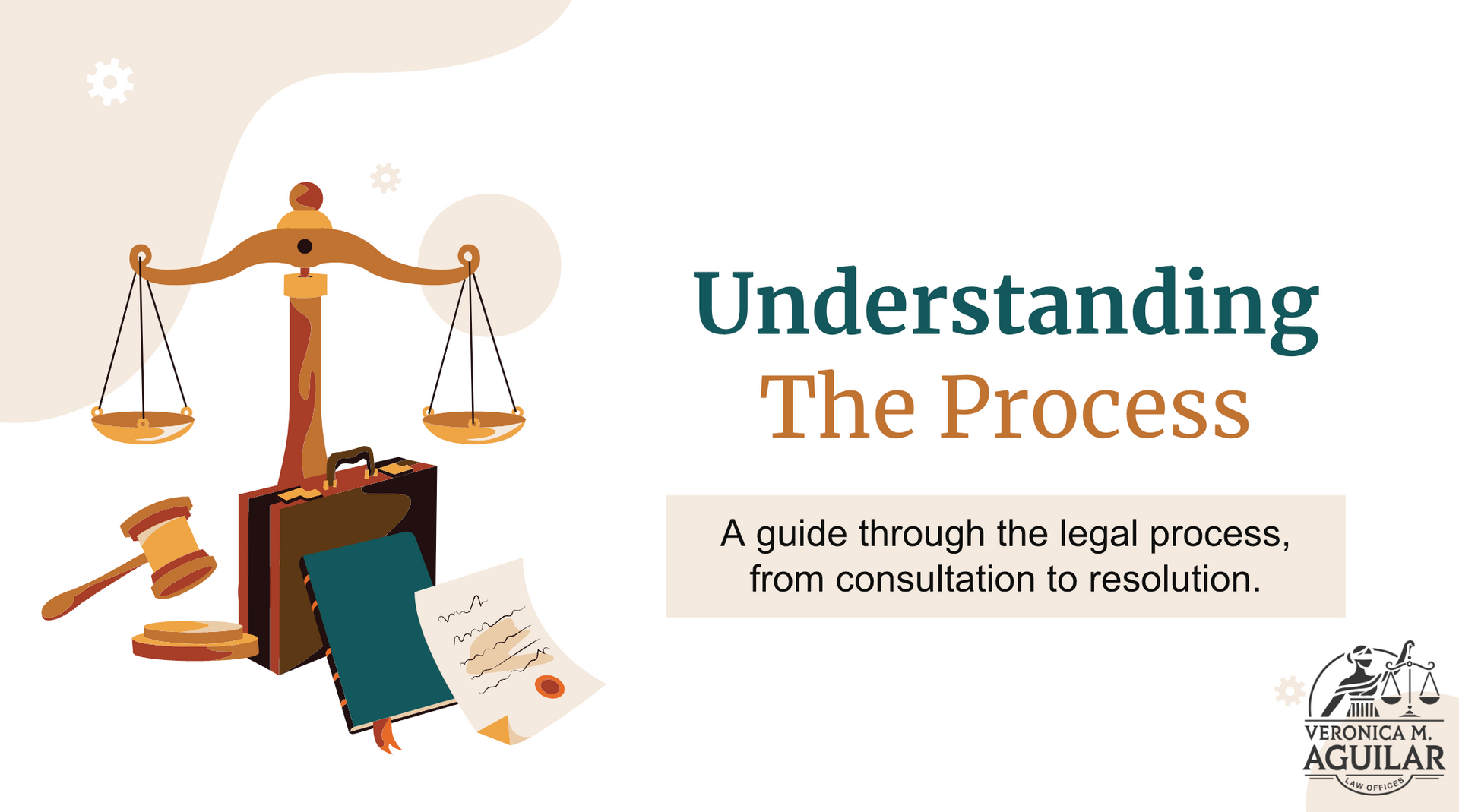How to File a Civil Lawsuit in California
Filing a civil lawsuit in California can seem daunting, but breaking it down into steps makes it manageable. Knowing how the process works helps you navigate your case clearly and confidently.
This guide will walk you through the steps you need to take, from preparing your case to pursuing a resolution in court. With the right information, you can approach your case with the tools needed for a fair and just outcome.
Understanding the Basics of Civil Lawsuits in California
Civil lawsuits help people or organizations resolve disputes legally. They are different from criminal cases since they don't involve breaking the law in a way that harms society. Instead, civil cases often deal with personal disagreements, like contract disputes, property issues, or personal injuries.
In California, anyone who believes someone else has wronged them can file a civil lawsuit. Individuals, businesses, and even government entities can be plaintiffs or defendants. Common types of cases include breach of contract, landlord-tenant issues, and personal injury claims. Knowing who can be involved helps you understand your role and what to expect.
Both the plaintiff, who files the lawsuit, and the defendant, who responds, have rights and responsibilities. The plaintiff has the burden of proof, which means they must show enough evidence to support their claims. They need to clearly state why they believe they’ve been wronged and what they want as a resolution. Defendants have the right to defend against these claims and can present evidence, witnesses, or legal arguments to support their side.
Understanding these basics gives you a clearer picture of how a civil lawsuit functions and what steps to consider when involved.
Preparing to File: Key Steps Before Heading to Court
Before you file a civil lawsuit in California, take some key steps to prepare your case. This preparation ensures that your lawsuit has a solid foundation and increases your chances of success.
First, gather all necessary evidence to support your claims. This can include documents, emails, contracts, photos, or any other proofs related to your case. Collecting thorough and well-organized evidence will help strengthen your argument.
Next, identify the right court to file your lawsuit. In California, different courts handle various types of cases based on factors like the lawsuit's value and nature. Check the jurisdiction requirements to make sure you're filing in the correct location.
Consider the timing and statute of limitations. Timing matters; you must file your lawsuit within a specific period known as the statute of limitations, which varies depending on the type of case. Missing this deadline can result in losing your right to file the lawsuit.
Use these tips to get organized:
- Organize Your Paperwork: Keep all documents together and label them clearly.
- Know Your Deadlines: Understand the time limits for filing.
- Consult Resources: Use helpful guides or professionals for advice if needed.
Taking these steps helps you start your civil lawsuit process off right, ensuring you're ready when it's time to take your case to court.
Filing the Complaint and Serving the Defendant
Filing a complaint is the formal start of your lawsuit in California. This document lays out your claim against the defendant, including the facts of the case and your requested legal remedy. Draft the complaint carefully, presenting all necessary information. It should state who you are suing, why, and what you want from the court. Ensure the details are accurate to reduce the risk of needing revisions.
Once your complaint is ready, file it with the appropriate California court. You'll need to pay a filing fee, though waivers are available if you qualify. Filing officially starts the legal process, and you'll receive a stamped copy of the complaint for your records.
After filing, serve the defendant. Serving means delivering the complaint and a summons to the person you are suing. This is crucial since it informs the defendant about the lawsuit and explains their legal duties. Choose a reliable method to serve them, like using a process server or sheriff. Serving should follow strict rules to be valid, so ensure you handle this part correctly.
Challenges can arise if the defendant avoids being served or if their address is unknown. In such cases, explore alternatives like service by publication, where a notice is published in a newspaper. If issues occur, consult resources or legal professionals to address these roadblocks strategically.
Navigating the Court Process: From Response to Resolution
Once the defendant is served, the court process officially begins. The defendant must respond to the complaint, usually by filing an answer. The defendant can agree with, deny, or dispute your claims in their answer. They might even file a counterclaim, which is a lawsuit against you. Each side has the right to explain their position and present their evidence.
Pre-trial motions and discovery are next. Discovery lets both sides gather more facts and evidence from each other. It's about sharing documents, interviewing witnesses, and learning as much as possible about the case. Pre-trial motions might involve requests to dismiss the case or resolve issues before a trial. Together, these steps help refine the case and narrow down the disputed issues.
Cases can end in different ways. A settlement is a common resolution where both parties agree on a solution before reaching trial. Settlements save time and resources, offering a mutually agreed outcome. If no settlement is reached, the case proceeds to trial. During a trial, both sides present their arguments and evidence before a judge or jury, who then decide the case’s outcome.
Understanding these stages helps manage expectations. Whether through settlement or trial, knowing what to expect ensures you’re prepared for each step as you work toward resolving your lawsuit.
Conclusion
Filing a civil lawsuit in California requires careful planning, from understanding the basics to navigating the court process. By knowing each step and following the required procedures, you can confidently approach your case. Filing the complaint, serving the defendant, and understanding court dynamics are integral to seeking justice and conflict resolution.
Navigating legal systems is never easy, but it can be less overwhelming with the right guidance. If you’re considering legal action, let the experienced team at Veronica M. Aguilar Law Offices help you every step of the way. We offer the expertise you need to manage your case effectively and work toward the best possible outcome. Contact our
family law attorney in San Diego to learn how we can support your legal needs, ensuring your effort to seek justice is in capable hands.












